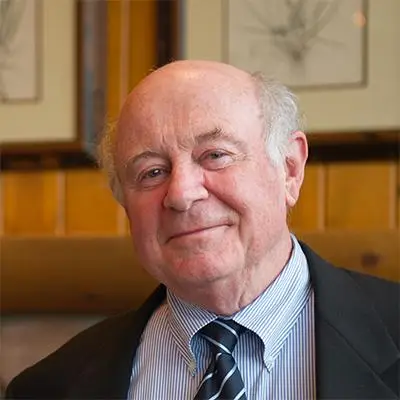From the time schools closed due to the COVID-19 pandemic in mid-March to today, school districts have faced a trifecta of challenges: restarting instruction when schools can’t operate normally, connecting with students who don’t have computers or internet in their homes, and allaying parents’ and teachers’ fears of infection. To date, districts have followed many different paths.
Looking ahead, it is still not clear which ones will finish the academic year with all students in school—either learning remotely or in hybrid arrangements.
For an analysis we published last week as part of the American School District Panel project, we looked closely at six districts and charter management organizations (CMOs), hoping to understand why they took particular approaches to remote learning and how their experiences last spring affected their plans for the fall. Our case studies reflect deep dives into two big-city districts (Baltimore and Chicago), a large inner suburb (Aurora, CO), a rural district (Roaring Fork, CO), and two CMOs working in urban areas (Green Dot and LEARN).
Together, these case studies add texture and depth to the lessons we learned in our national surveys of school district and CMO responses to the pandemic. They show how these leaders formed alliances with local social service agencies, mobilized their central offices to do unfamiliar tasks, and coped with conflicting political pressures about returning to in-person school and educating children in their homes.
Some, but not all, of what we found could have been expected. For example, digital access gaps loomed large last spring and continue to be a concern as districts and CMOs begin the new school year. Urban and rural districts alike are still struggling to connect all their students, and some remain in limbo even today, weeks after instruction has started. What’s astounding is the numbers: Chicago Public Schools launched an initiative to connect 100,000 students to broadband. Baltimore City Public Schools absorbed a six-figure internet bill for families it serves. Both districts still contend with connectivity challenges.
Also as expected, school system leaders were concerned about the consequences of trauma experienced by children who were forced to learn in isolation without adult support. These fears were magnified in cities where children had experienced political and racial strife, violence from demonstrators or police, and the horror of family members being struck down by the virus. Starting last spring and continuing into the fall, leaders arranged social and emotional supports for children but feared that what was available was too little to ensure student attendance and focus on learning.
What might have been expected but wasn’t, was how efforts to teach children at home made instruction more visible to school system leaders. District and CMO leaders tuning into classes on Zoom could see big differences in teaching clarity, depth, and coverage. Multiple school systems tightened expectations for curriculum and instruction to get through the crisis, and some leaders are exploring the possibility of holding on to those structures after the crisis passes. Some are also asking how they can expand the numbers of students in contact with the best content presenters, and take advantage of other teachers’ skills in tutoring or follow-up support.
One surprise was how parents also gained new visibility during their experiences with remote instruction, both into the hard work teachers must do and into the differences between schools and teachers in instructional rigor and student motivation. District and CMO leaders hope heightened parent insight will lead to a lasting increase in parent engagement and more effective home-school collaborations.
Also not anticipated was that district and CMO leaders had to pay for new modes of instruction, plus devices and connectivity for parents and new family outreach and social service programs, all while knowing that the COVID-19 recession would lead to cuts in their funding. In most localities, districts and CMOs did what they must in the short run, knowing that hurtful budget cuts of unknown size were sure to come later in the school year.
Facing harsh new challenges, district and CMO leaders got surprisingly little help from their states or the federal government. Those entities continued to dither about everything from instructional guidance to school safety standards and reopening priorities. In a vacuum, local leaders did the best they could for children, families, and teachers.





